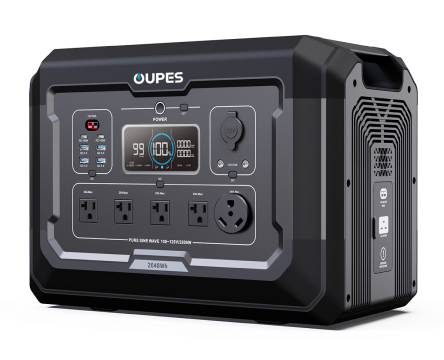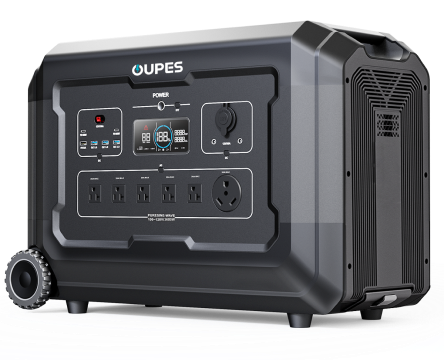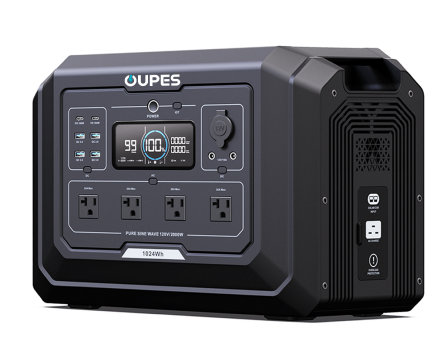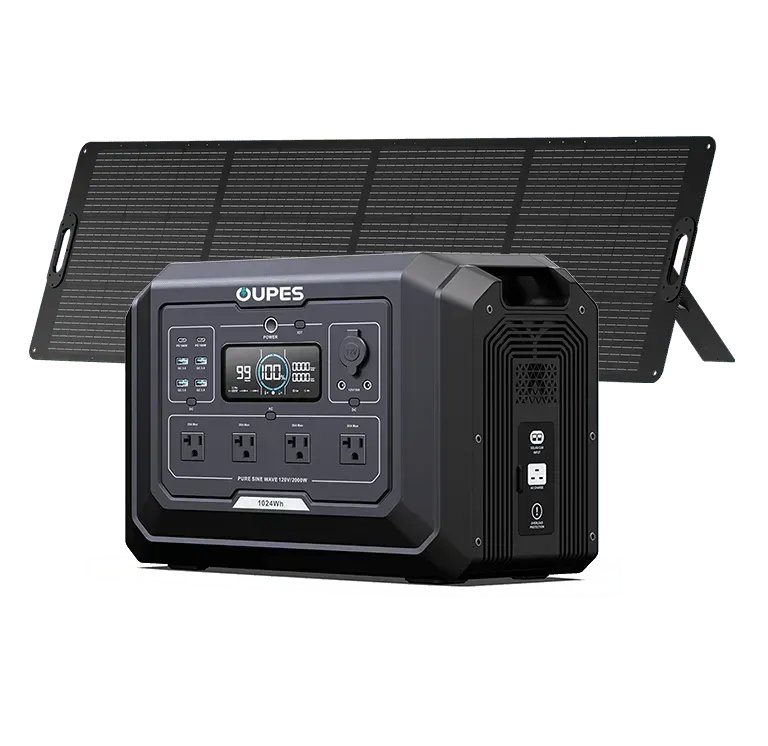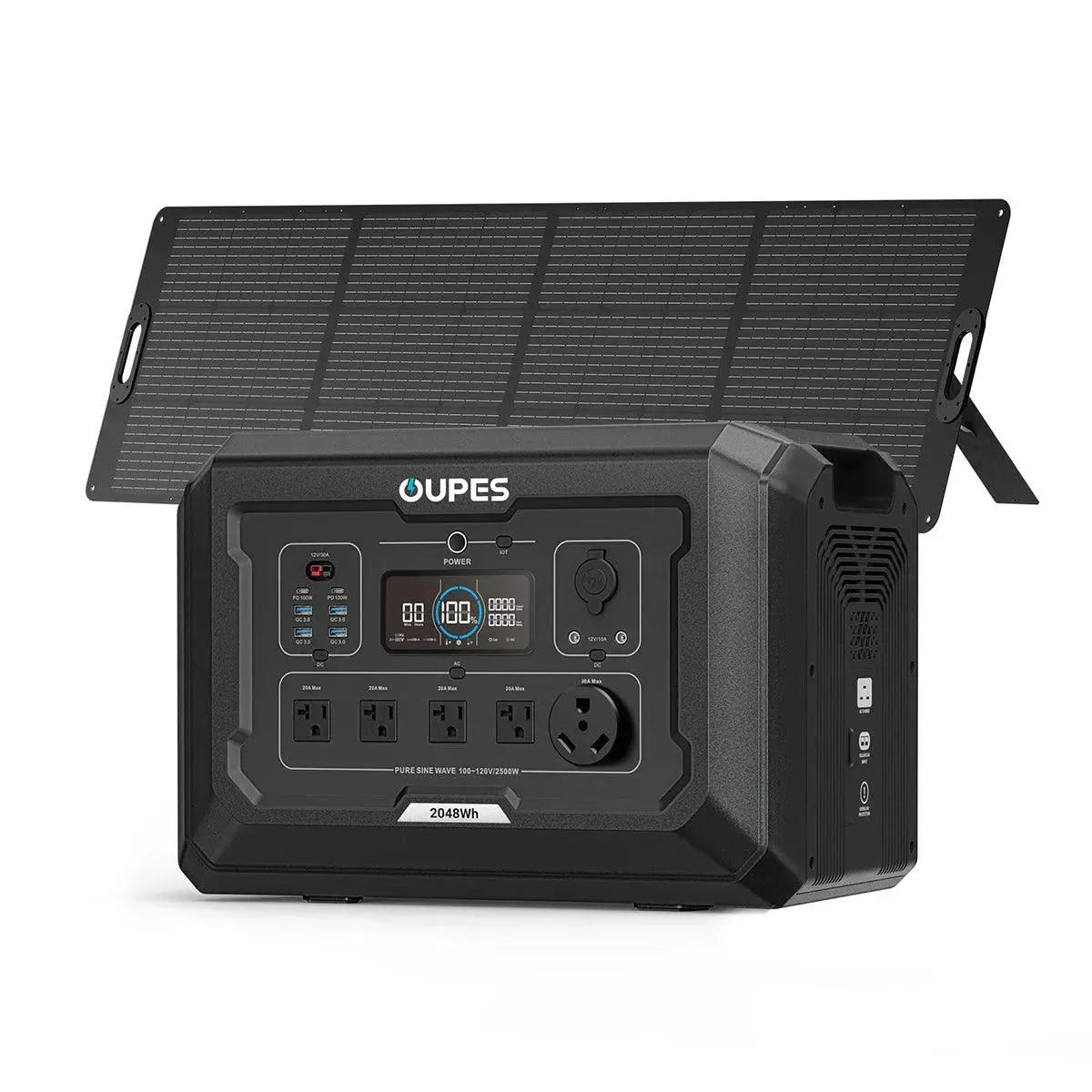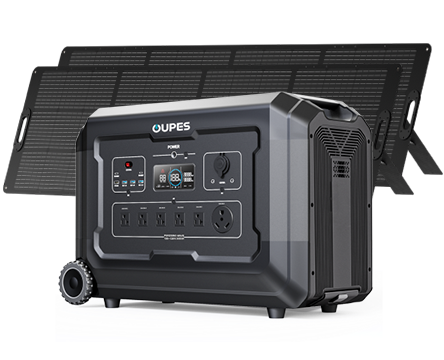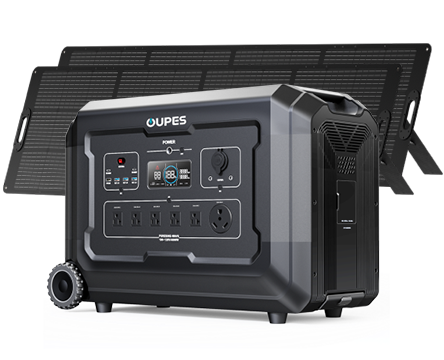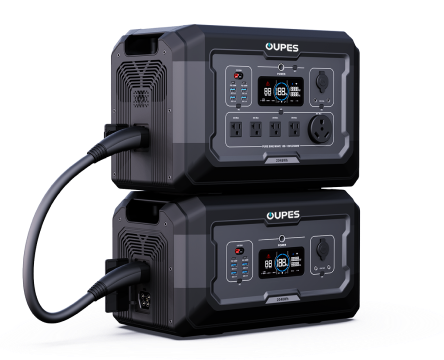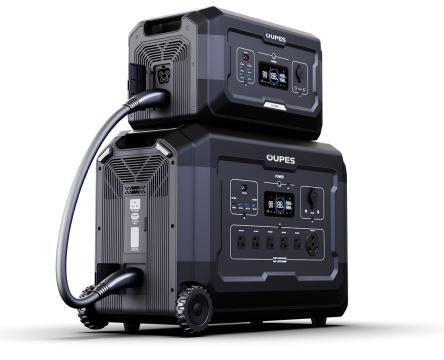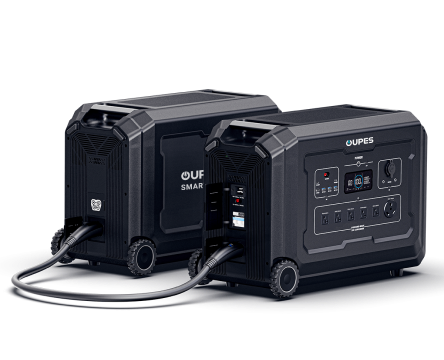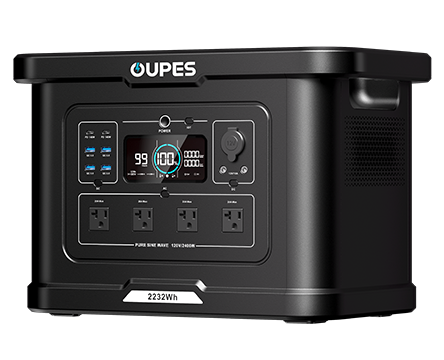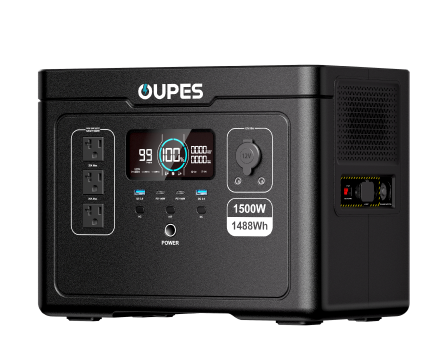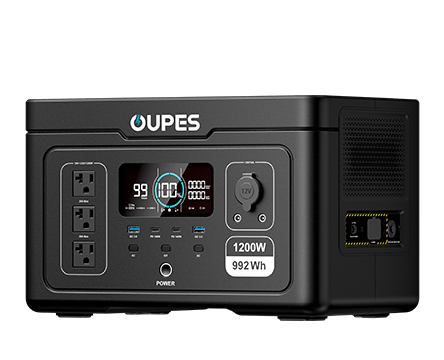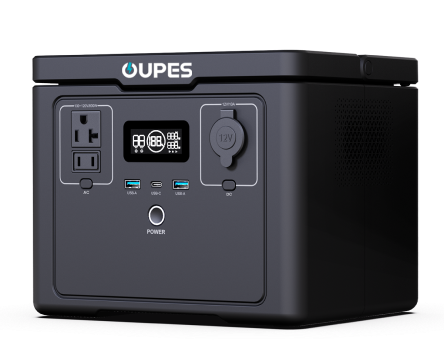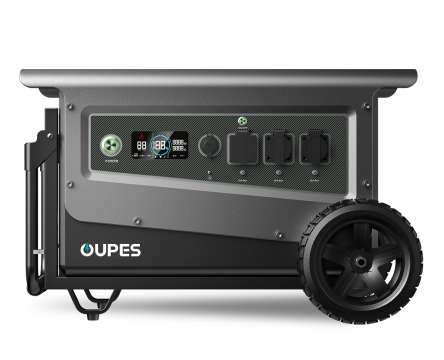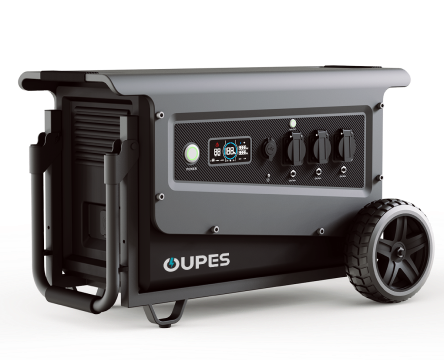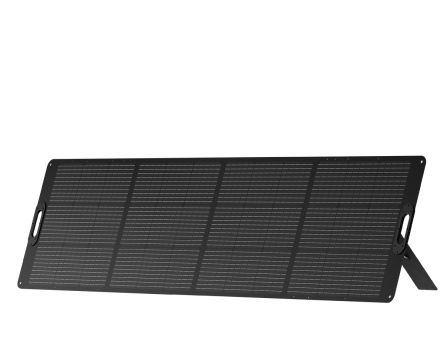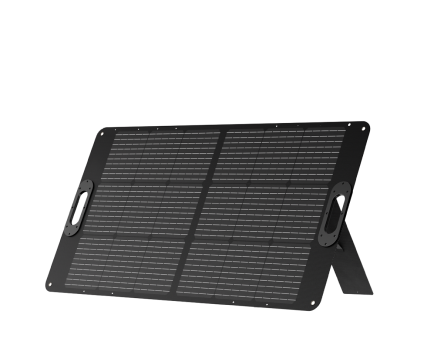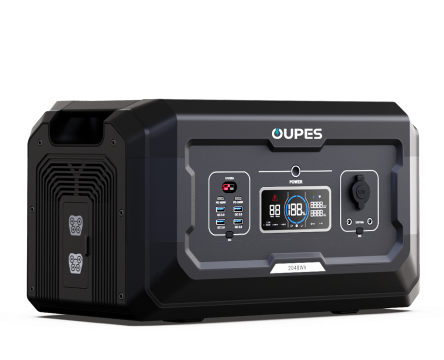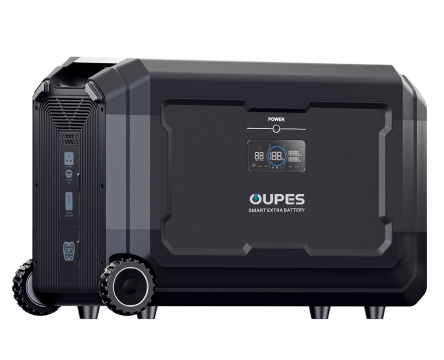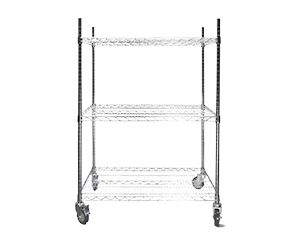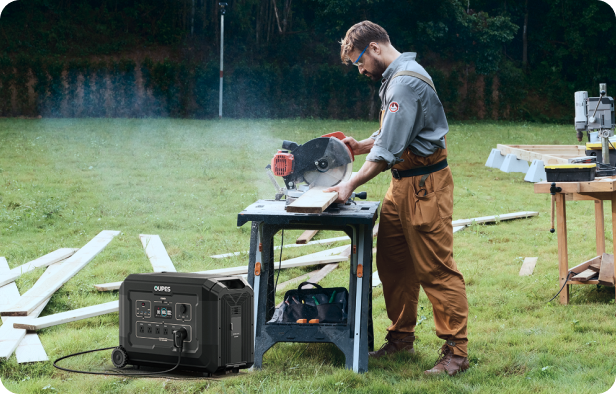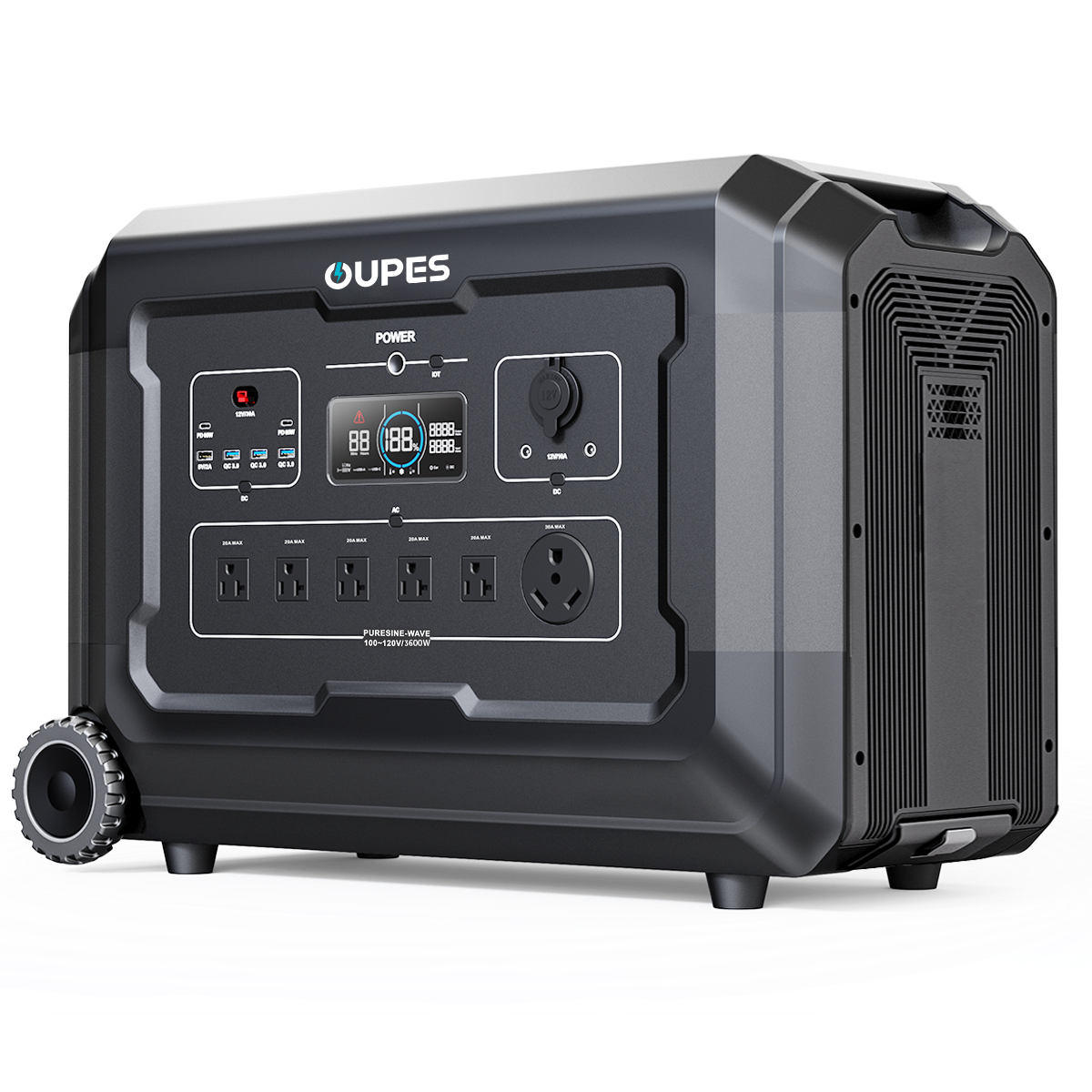
Portable power stations have become essential gadgets for outdoor enthusiasts, travelers, and even homeowners looking for backup power options. These compact, yet powerful devices are designed to provide electricity on the go, making them ideal for camping, emergency situations, or simply as a convenient power source for small appliances. However, while portable power stations offer incredible flexibility, understanding how to charge them properly is crucial to getting the most out of them. In this article, we will explore the various methods of charging a portable power station, the factors to consider, and tips to maximize its lifespan and performance.
Understanding the Basics of Portable Power Stations
Before diving into how to charge a portable power station, it's important to first understand what these devices are and how they function. A portable power station is essentially a large battery that stores electrical energy. These power stations come with built-in inverters, making it possible to convert DC (direct current) stored in the battery into AC (alternating current) power that can be used to run electronic devices, small appliances, and other equipment. Depending on the capacity, portable power stations can range from a few hundred watt-hours (Wh) to several thousand Wh, enabling them to charge laptops, smartphones, power tools, and even small refrigerators.
Charging a portable power station is the process of replenishing the energy in its internal battery. The charging process will vary depending on the source of power used, as well as the type of portable power station. Some power stations are equipped with solar panel inputs for off-grid charging, while others are designed to be charged through wall outlets or car chargers. To ensure the longevity of the device, it is important to charge it properly and avoid overcharging or discharging it beyond its recommended limits.
Charging Methods for Portable Power Stations
There are several ways to charge a portable power station, each offering its own benefits and limitations. The most common methods are wall outlet charging, car charging, and solar panel charging. Each of these methods comes with varying charging speeds and power outputs, making it important to select the appropriate method based on your needs and available resources.
Wall Outlet Charging: Charging via a standard wall outlet is the most common and straightforward method for most portable power stations. These devices typically come with an AC charging cable, which can be plugged into any standard outlet. Wall outlet charging tends to be the fastest option, as most portable power stations are designed to charge at a higher rate (often 100 to 240V AC). Depending on the power station’s capacity and the charging speed, it may take anywhere from a few hours to a full day to reach a complete charge.
Car Charging: For those who need to charge their portable power station while on the go, charging it through a car’s 12V outlet is a viable option. This method typically uses a DC charging cable, which is plugged into the car’s cigarette lighter or accessory port. While car charging is convenient for travel, it is slower than wall outlet charging. Depending on the power station’s battery size and the car's output, it could take a significant amount of time to fully charge the device. This method is best suited for topping up the battery or charging it partially while driving to a new location.
Solar Panel Charging: For eco-conscious users or those in off-grid situations, solar panel charging is an excellent option. Many portable power stations are designed with solar charging inputs, allowing them to be charged by connecting them to a compatible solar panel. Solar charging times will depend on factors such as the size of the solar panel, the intensity of sunlight, and the power station’s capacity. On a clear, sunny day, a solar panel may take several hours to charge the power station fully. However, this method is ideal for long-term outdoor use or in emergencies when traditional power sources are unavailable.
Factors Affecting Charging Speed
The speed at which a portable power station charges is influenced by several factors. Understanding these factors can help you choose the most efficient charging method and ensure that your device is charged as quickly as possible.
Battery Capacity: The size of the battery inside the portable power station is a primary factor in determining how long it will take to charge. A power station with a large battery (such as 500Wh or more) will take longer to charge than one with a smaller battery (such as 150Wh). The higher the watt-hour rating, the longer it will take to recharge the battery completely, regardless of the charging method used.
Charging Input Power: The charging speed is also dependent on the power input it receives. For example, a portable power station that supports 120V or 240V AC input will charge faster compared to one that only supports 12V DC input. Likewise, some devices may come with fast-charging technology that allows them to recharge at higher rates, reducing the time needed to restore full power.
Environmental Factors: If you are charging your portable power station via solar panels, environmental conditions can significantly impact the charging speed. Cloudy skies, low sunlight, or winter months may reduce the efficiency of solar charging. In such cases, it is important to ensure that the solar panel is placed in an optimal position to capture as much sunlight as possible. Even the time of day and the angle of the panel can make a difference in how quickly the power station charges.
State of Battery Health: Over time, the internal battery of a portable power station may experience a decrease in capacity and charging efficiency. Regularly using the power station and charging it properly can help maintain its health. However, poor charging habits such as frequent deep discharges or charging in extreme temperatures can lead to reduced battery life and slower charging speeds.
Best Practices for Charging Your Portable Power Station
To get the most out of your portable power station, it is important to follow best practices for charging. These practices will help you maximize the lifespan of the battery and ensure that the device continues to perform at its best over time.
Avoid Overcharging: One of the most important things to avoid is overcharging the power station. Although most modern power stations come with built-in protection circuits to prevent overcharging, it is still good practice to unplug the device once it reaches full charge. Leaving the device plugged in for extended periods may cause the battery to degrade faster and reduce its overall capacity. This is particularly true for lithium-ion batteries, which are commonly used in portable power stations.
Charge Regularly: While it may be tempting to only charge your power station when the battery is completely drained, it’s better to charge it periodically. Keeping the battery at a healthy charge level (ideally between 20% and 80%) will help extend its lifespan and prevent damage from deep discharges. If you plan to store your power station for an extended period, make sure it is charged to about 50% to prevent the battery from going into deep discharge mode, which could permanently damage it.
Use the Right Charging Cable: Always use the charging cable and adapter that came with your portable power station. Using third-party cables or incompatible chargers can result in inefficient charging or even damage to the power station’s charging port. Ensure that the charger is rated for the appropriate voltage and current to avoid overloading the power station’s internal circuits.
Avoid Extreme Temperatures: Charging your portable power station in extremely hot or cold temperatures can affect the charging efficiency and overall battery health. It’s best to charge the device in a cool, dry environment, as excessive heat can lead to overheating and potential damage to the battery. Similarly, charging in very cold temperatures can cause the battery to perform poorly or even freeze, leading to permanent damage.
Conclusion
Charging a portable power station is a relatively simple process, but there are several factors to keep in mind to ensure it is done safely and efficiently. Whether you are charging via a wall outlet, a car, or solar panels, understanding the limitations and capabilities of each method will allow you to choose the best one for your needs. Regular maintenance, proper charging habits, and attention to environmental factors will help maximize the lifespan of your power station and keep it ready for use whenever you need it.
Ultimately, the key to getting the most out of your portable power station is to charge it correctly, follow best practices, and be aware of the factors that can influence charging speed and efficiency. With the right care and attention, your portable power station will provide reliable power for years to come, whether you're in the great outdoors or facing an emergency situation at home.

